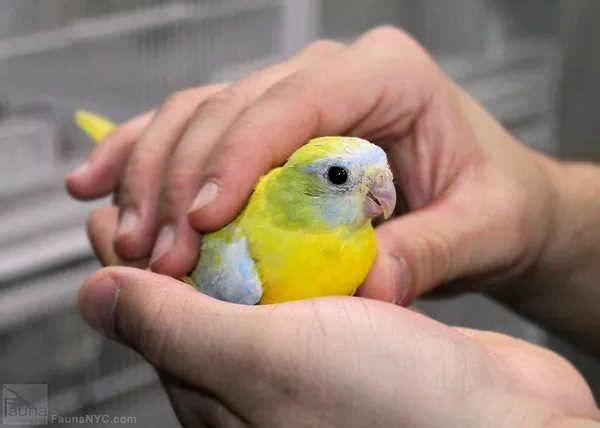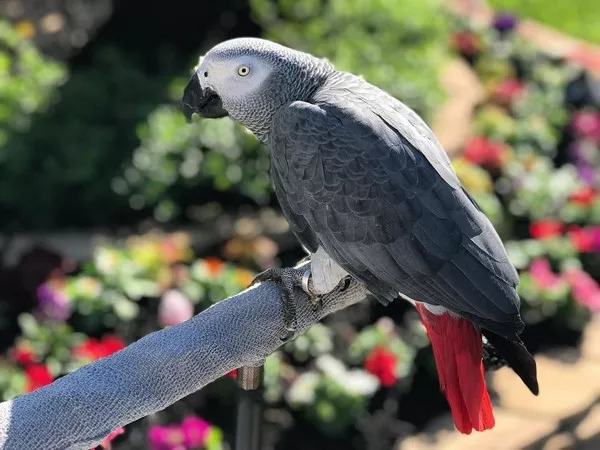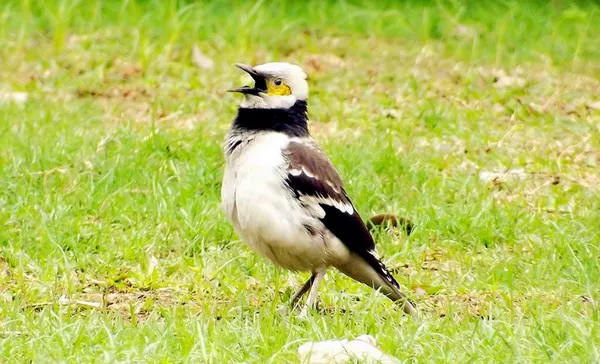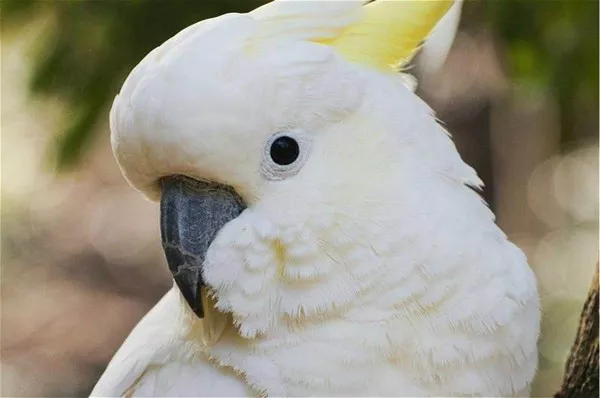Indian Ringneck parrots are known for their intelligence and ability to learn to talk. Training a parrot to talk takes time, patience, and consistency, but it can be a rewarding experience for both you and your feathered friend. In this article, we will guide you through the steps to train your Indian Ringneck parrot to talk.
- Choose the right bird:
First, make sure you have an Indian Ringneck parrot that is suitable for talking. Not all parrots have the ability or desire to talk. So, it is important to choose a bird that has a good potential for talking. Generally, male parrots are better talkers than females. Also, young parrots tend to learn faster than older ones. So, it is best to choose a young male bird that is around six months old.
- Build trust:
Before you can start training your parrot to talk, you need to build a strong bond with it. Parrots are social creatures, and they need to trust you before they can start learning from you. Spend time with your bird every day, talking to it, offering it treats, and playing with it. Once your bird trusts you, it will be more willing to learn from you.
- Start with simple words:
When you start training your Indian Ringneck parrot to talk, start with simple words or phrases. Use short and simple words like “hello” or “goodbye.” Repeat the word or phrase several times, emphasizing each syllable clearly. Say the word or phrase in a calm and friendly tone, and reward your bird with a treat each time it repeats the word.
- Repeat, repeat, repeat:
Repetition is the key to successful training. Repeat the same word or phrase several times a day, every day. Be consistent in your training and use the same tone of voice and emphasis on each syllable. This will help your bird to understand and mimic the word or phrase more quickly.
- Reinforce positive behavior:
When your Indian Ringneck parrot repeats a word or phrase correctly, praise it and give it a treat. Positive reinforcement is an effective way to encourage your bird to repeat the behavior. Avoid negative reinforcement or punishment as it can create fear or stress in your bird and inhibit its ability to learn.
- Use context:
To help your bird understand the meaning of words or phrases, use them in context. For example, say “hello” when you enter the room or “goodbye” when you leave. Your bird will associate the words with the appropriate actions and contexts, making it easier for it to remember and repeat them.
- Teach new words:
Once your Indian Ringneck parrot has learned a few words, you can start teaching it new ones. Introduce new words gradually, and be patient. It may take some time for your bird to learn a new word. Repeat the word several times a day and use positive reinforcement when your bird repeats it correctly.
- Keep training sessions short:
Training sessions should be short and frequent, about 10-15 minutes per day. This will help your bird to stay focused and interested. Avoid overtraining your bird as it can become bored or stressed.
- Be patient:
Training your Indian Ringneck parrot to talk takes time and patience. Some birds may learn faster than others, and some may never learn to talk. Don’t get discouraged if your bird doesn’t learn as quickly as you hoped. Keep training consistently and be patient. Eventually, your bird will learn to talk and communicate with you in its own unique way.
- Practice regularly:
After your parrot has learned a few words and phrases, it’s important to keep practicing regularly. This will help reinforce the words and keep your bird interested in learning new ones. You can also try incorporating new words and phrases into your daily interactions with your bird.
- Socialize your bird:
In addition to training, socializing your Indian Ringneck parrot is also important for its mental and emotional well-being. Parrots are social creatures and thrive in the company of their human caretakers and other birds. Providing your bird with plenty of socialization opportunities, including playtime and interaction with other birds, can help keep it happy and healthy.
- Be aware of potential problems:
While training your Indian Ringneck parrot to talk, it’s important to be aware of potential problems. Some birds may become aggressive or stressed during training, while others may develop a habit of repeating unwanted phrases. If you encounter any issues during training, consult with a bird behaviorist or experienced bird trainer for advice and guidance.
In conclusion, training your Indian Ringneck parrot to talk can be a fun and rewarding experience. Remember to choose the right bird, build trust, start with simple words, repeat, reinforce positive behavior, use context, teach new words gradually, keep training sessions short, and be patient. With consistency and positive reinforcement, your Indian Ringneck parrot can learn to talk and communicate with you in a unique and special way.


























